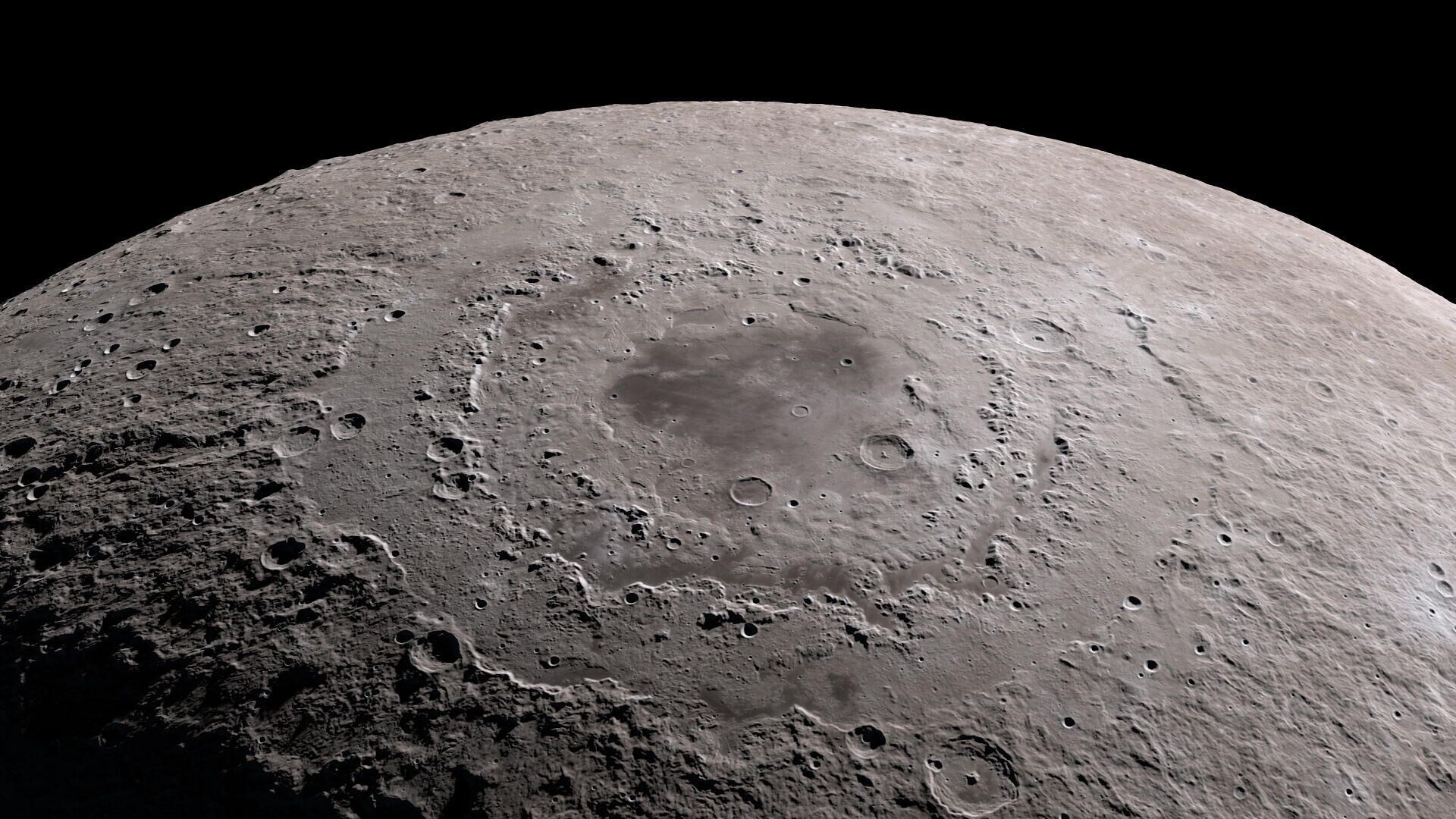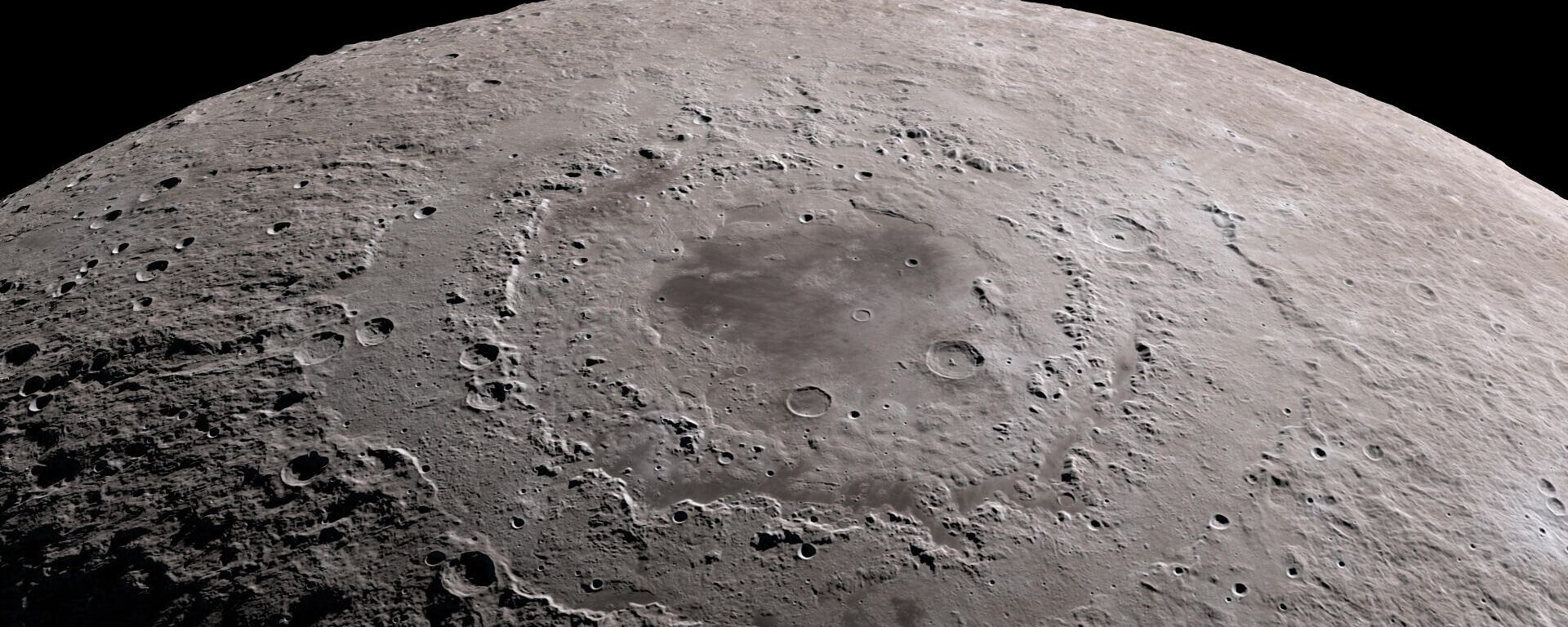https://sputnikglobe.com/20220308/space-rockets-remains-crashing-into-moons-surface-shown-in-simulated-video-1093695664.html
Space Rocket's Remains Crashing Into Moon’s Surface Shown in Simulated Video
Space Rocket's Remains Crashing Into Moon’s Surface Shown in Simulated Video
Sputnik International
Originally identified as part of a SpaceX rocket launched in 2015, the space debris in question was later deemed to be the booster for the Chang'e 5-T1 mission... 08.03.2022, Sputnik International
2022-03-08T18:59+0000
2022-03-08T18:59+0000
2025-04-07T11:00+0000
moon
rocket
collision
video
viral news
https://cdn1.img.sputnikglobe.com/img/07e6/01/0f/1092276202_0:0:1920:1080_1920x0_80_0_0_7cfc44439ec79e6ecc5718c4b2944299.jpg
As the remains of what's believed to have been a Chinese rocket booster finally ended their long journey through space by colliding with the Moon’s surface, a video of that impact’s simulation emerged online.Captioned simply “Alternative wide view of the Chang'e booster impact with the Moon on March 4th, 2022,” the video in question was produced by AGI, An Ansys Company and uploaded on YouTube.The object whose demise was shown in the video was first spotted in 2015 and originally identified by Bill Gray, creator of the Guide astrometry software, as the second stage of a SpaceX rocket that propelled the Deep Space Climate Observatory (DSCOVR) into space that year.However, Gray later reviewed his conclusions and announced last month that the object is likely the booster for the Chang'e 5-T1 mission that was launched in 2014 on a Long March 3C rocket.Said piece of space debris was projected to crash into the Moon’s surface on 4 March, and it seems that that’s exactly what its ultimate fate turned out to be.Lets stay in touch no matter what. Follow our Telegram channel to get all the latest news: https://t.me/sputniknewsus
https://sputnikglobe.com/20220301/new-planned-vehicle-may-help-store-oxygen-on-moon--build-lunar-villages---report-1093464910.html
Sputnik International
feedback@sputniknews.com
+74956456601
MIA „Rossiya Segodnya“
2022
News
en_EN
Sputnik International
feedback@sputniknews.com
+74956456601
MIA „Rossiya Segodnya“
Sputnik International
feedback@sputniknews.com
+74956456601
MIA „Rossiya Segodnya“
moon, rocket, collision, video, viral news
moon, rocket, collision, video, viral news
Space Rocket's Remains Crashing Into Moon’s Surface Shown in Simulated Video
18:59 GMT 08.03.2022 (Updated: 11:00 GMT 07.04.2025) Originally identified as part of a SpaceX rocket launched in 2015, the space debris in question was later deemed to be the booster for the Chang'e 5-T1 mission launched in 2014.
As the remains of what's believed to have been a Chinese rocket booster finally ended their long journey through space by colliding with the Moon’s surface, a video of that impact’s simulation emerged online.
Captioned simply “Alternative wide view of the Chang'e booster impact with the Moon on March 4th, 2022,” the
video in question was produced by AGI, An Ansys Company and uploaded on YouTube.
The team behind the video used software tools called the Systems Tool Kit and Orbit Determination Tool Kit, which “have previously been used by defence agencies to simulate missions,” as The Sun puts it.
The object whose demise was shown in the video was first spotted in 2015 and originally identified by Bill Gray, creator of the Guide astrometry software, as the second stage of a SpaceX rocket that propelled the Deep Space Climate Observatory (DSCOVR) into space that year.
However, Gray later reviewed his conclusions and announced last month that the object is likely
the booster for the Chang'e 5-T1 mission that was launched in 2014 on a Long March 3C rocket.
Said piece of space debris was projected to crash into the Moon’s surface on 4 March, and it seems that that’s exactly what its ultimate fate turned out to be.
Lets stay in touch no matter what. Follow our Telegram channel to get all the latest news: https://t.me/sputniknewsus 

